The Best Sweet Potato Vine Companion Plants
Title: The Best Sweet Potato Vine Companion Plants
Introduction:
Sweet potato vines are a beautiful and versatile plant that can be grown in a variety of climates. They are also relatively easy to care for, making them a popular choice for home gardeners.
One of the best things about sweet potato vines is that they can be companion planted with a variety of other plants. Companion planting is the practice of planting different types of plants together in order to benefit each other.
There are many benefits to companion planting, including:
- Increased crop yields
- Improved pest and disease resistance
- Enhanced soil health
- Increased biodiversity
In this blog post, we will discuss the best sweet potato vine companion plants. We will also provide some tips on how to companion plant sweet potato vines.
Main Content:
Here are some of the best sweet potato vine companion plants:
- Marigolds: Marigolds are a great companion plant for sweet potato vines because they help to repel pests. Marigolds contain a compound called pyrethrum, which is toxic to many pests, including aphids, whiteflies, and beetles.
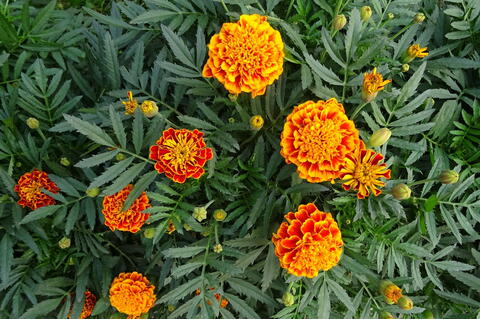
- Nasturtiums: Nasturtiums are another great companion plant for sweet potato vines. Nasturtiums attract beneficial insects, such as ladybugs and lacewings, which help to control pests. Nasturtiums also improve the soil by fixing nitrogen.

- Alyssum: Alyssum is a sweet-smelling plant that attracts beneficial insects, such as hoverflies and parasitic wasps. These insects help to control pests that can damage sweet potato vines.
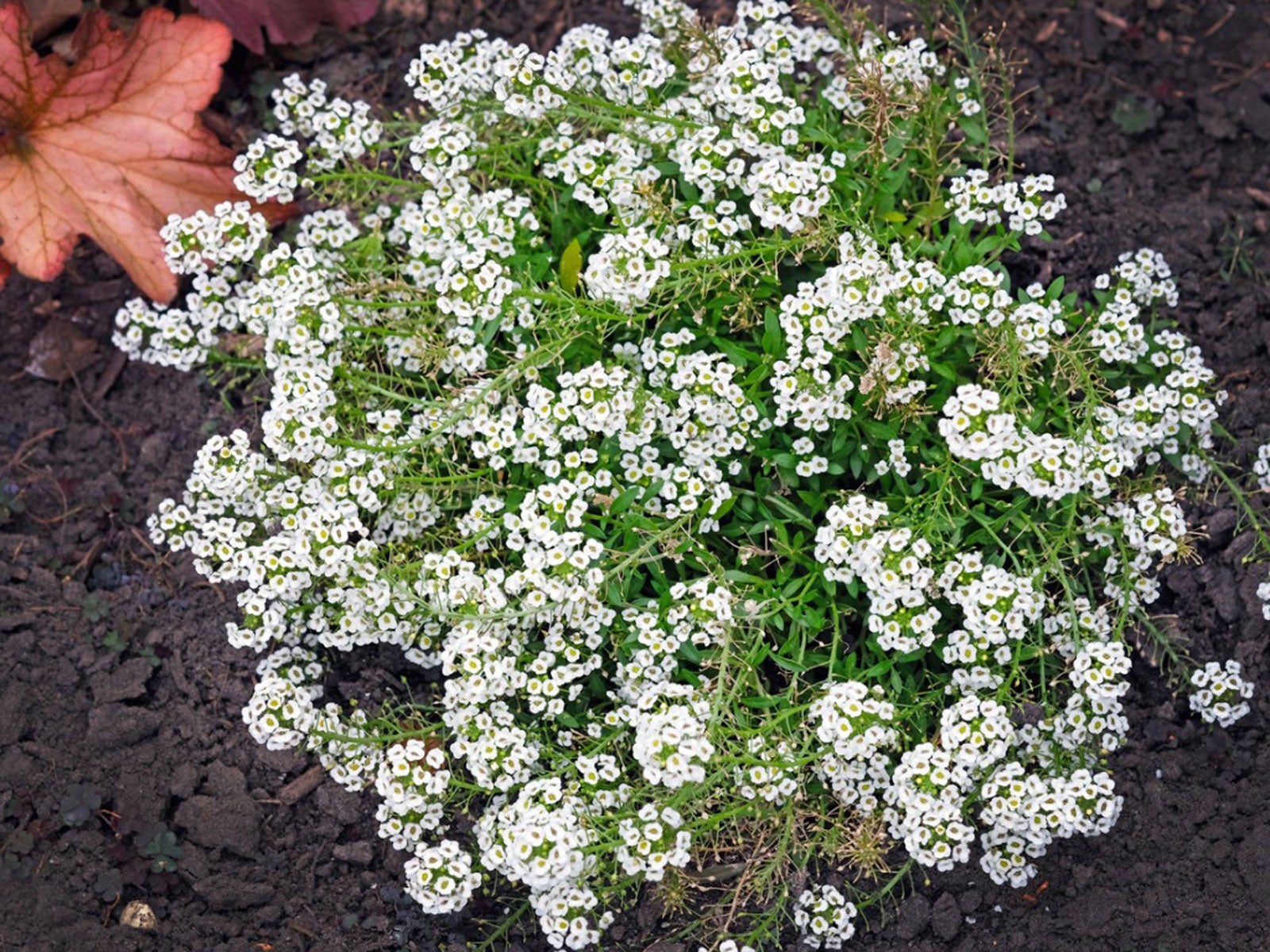
- Beans: Beans are a good companion plant for sweet potato vines because they help to improve the soil by fixing nitrogen. Beans also provide shade for sweet potato vines, which can help to protect them from pests.
- Spinach: Spinach is a good companion plant for sweet potato vines because it helps to suppress weeds. Spinach also releases chemicals that help to improve the flavor of sweet potato vines.
- Lettuce: Lettuce is another good companion plant for sweet potato vines because it helps to suppress weeds. Lettuce also releases chemicals that help to improve the flavor of sweet potato vines.
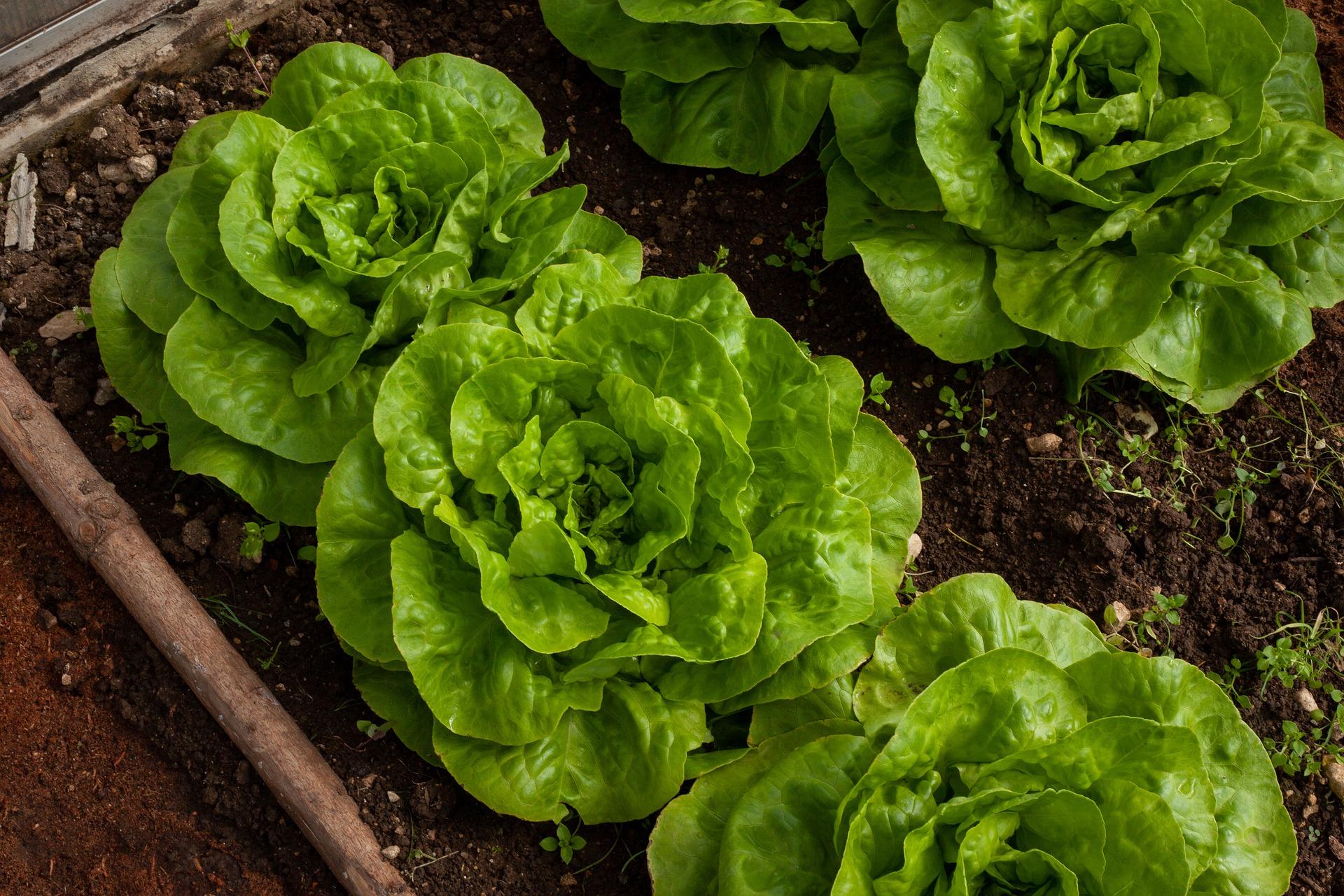
Tips for Companion Planting Sweet Potato Vines:
- When choosing companion plants for sweet potato vines, it is important to consider the plants' needs. For example, marigolds and nasturtiums need full sun, while beans and spinach can tolerate partial shade.
- It is also important to plant companion plants that have different root systems. This will help to prevent the plants from competing for nutrients and water.
- When planting companion plants, it is important to space them correctly. This will help to ensure that the plants have enough room to grow and thrive.
Conclusion:
Companion planting is a great way to improve the health and productivity of your garden. By planting sweet potato vines with the right companion plants, you can help to protect your plants from pests, improve the soil, and increase your crop yields.
Sweet potato vines are a beautiful and versatile plant that can be grown in a variety of settings. They are also relatively easy to care for, making them a great choice for beginner gardeners.
One of the best things about sweet potato vines is that they can be companion planted with a variety of other plants. This means that you can plant them near other plants that will benefit each other. For example, sweet potato vines can be planted near beans, which will help to improve the nitrogen levels in the soil. They can also be planted near marigolds, which will help to repel pests.
If you are interested in learning more about sweet potato vine companion plants, I encourage you to visit Garden Wiki. This website has a comprehensive list of companion plants for sweet potato vines, as well as information on how to plant and care for these plants.
FAQ of sweet potato vine companion plants
Q: What are the benefits of companion planting with sweet potato vines?
A: There are many benefits to companion planting with sweet potato vines. Some of the most common benefits include:
- Attracting beneficial insects: Sweet potato vines attract a variety of beneficial insects, such as ladybugs, lacewings, and parasitic wasps. These insects help to control pests that can damage sweet potato vines, such as aphids, whiteflies, and beetles.
- Improving soil health: Sweet potato vines help to improve soil health by fixing nitrogen and suppressing weeds. Nitrogen is an essential nutrient for plant growth, and sweet potato vines can provide this nutrient to neighboring plants. Weeds compete with sweet potato vines for water and nutrients, so suppressing weeds can help sweet potato vines grow more vigorously.
- Disease resistance: Some companion plants can help to protect sweet potato vines from diseases. For example, marigolds are known to repel nematodes, which can be a major problem for sweet potato vines.
- Enhanced growth: Companion planting can also help to enhance the growth of sweet potato vines. For example, beans can help to fix nitrogen in the soil, which can benefit sweet potato vines.
Q: What are some good companion plants for sweet potato vines?
A: Some of the best companion plants for sweet potato vines include:
- Beans: Beans fix nitrogen in the soil, which can benefit sweet potato vines.
- Carrots: Carrots help to repel nematodes, which can be a major problem for sweet potato vines.
- Herbs: Herbs like dill, chives, borage, summer savory, and oregano help to attract beneficial insects that can help to control pests.
- Marigolds: Marigolds repel nematodes, which can be a major problem for sweet potato vines.
- Sunflowers: Sunflowers provide shade for sweet potato vines, which can help to protect them from the hot sun.
Q: What are some bad companion plants for sweet potato vines?
A: Some plants that should be avoided as companion plants for sweet potato vines include:
- Cucumbers: Cucumbers and sweet potato vines compete for water and nutrients, so they should not be planted together.
- Eggplant: Eggplant and sweet potato vines are both susceptible to the same pests and diseases, so planting them together can increase the risk of infection.
- Potatoes: Potatoes and sweet potato vines are both members of the nightshade family, and planting them together can increase the risk of cross-pollination.
Q: How do I plant sweet potato vines with companion plants?
A: When planting sweet potato vines with companion plants, it is important to consider the spacing requirements of each plant. For example, beans and sunflowers need more space than herbs, so you will need to plant them further apart. It is also important to consider the sun exposure requirements of each plant. For example, marigolds and sunflowers need full sun, while herbs can tolerate partial shade.
Q: How do I care for sweet potato vines with companion plants?
A: The care requirements for sweet potato vines and their companion plants are similar. You will need to water them regularly, fertilize them monthly, and control pests and diseases. However, there are a few things to keep in mind when caring for sweet potato vines with companion plants. For example, you will need to water marigolds more frequently than other herbs, as they tend to dry out quickly.
Image of sweet potato vine companion plants
Coleus is a colorful plant that can add a splash of brightness to any garden. It is also a good companion plant for sweet potato vines because it helps to repel pests.
Marigolds are another great companion plant for sweet potato vines. They help to deter pests, such as aphids and whiteflies. They also help to improve the soil quality.
Nasturtiums are a beautiful and edible plant that can be grown in containers or in the ground. They help to attract pollinators, such as bees and butterflies, which can help to improve the pollination of your sweet potato vines.
Lavender is a fragrant plant that can help to repel pests. It also helps to improve the soil quality.
Petunias are a popular flowering plant that can add a touch of elegance to any garden. They also help to attract pollinators, which can help to improve the pollination of your sweet potato vines.
Zinnias are a colorful and easy-to-grow flower that can be planted in containers or in the ground. They help to attract pollinators, such as bees and butterflies, which can help to improve the pollination of your sweet potato vines.
Sunflowers are a tall and majestic flower that can add a touch of drama to any garden. They help to attract pollinators, such as bees and butterflies, which can help to improve the pollination of your sweet potato vines.
Alyssum is a low-growing, white flower that can be planted in borders or in containers. It helps to attract pollinators, such as bees and butterflies, which can help to improve the pollination of your sweet potato vines.
Calendula is a colorful and easy-to-grow flower that can be planted in containers or in the ground. It helps to attract pollinators, such as bees and butterflies, which can help to improve the pollination of your sweet potato vines.
Trailing lobelia is a beautiful and easy-to-grow plant that can be grown in containers or in the ground. It helps to attract pollinators, such as bees and butterflies, which can help to improve the pollination of your sweet potato vines.
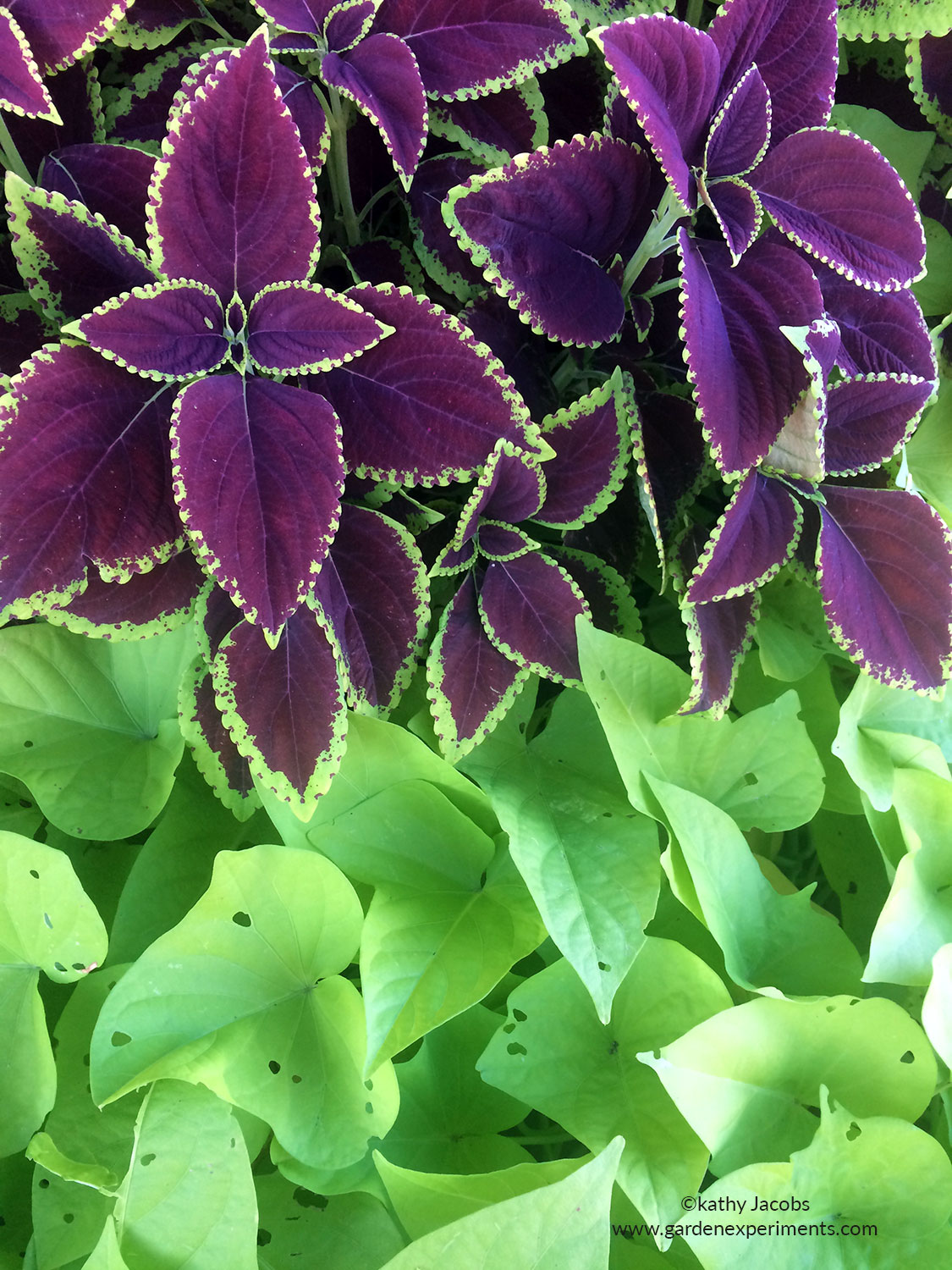

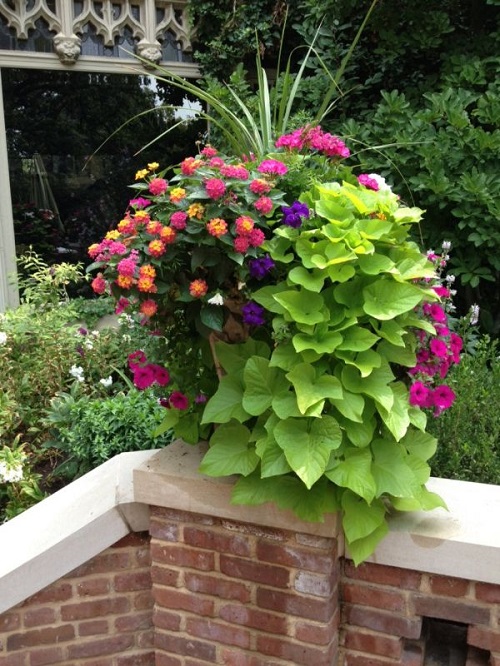
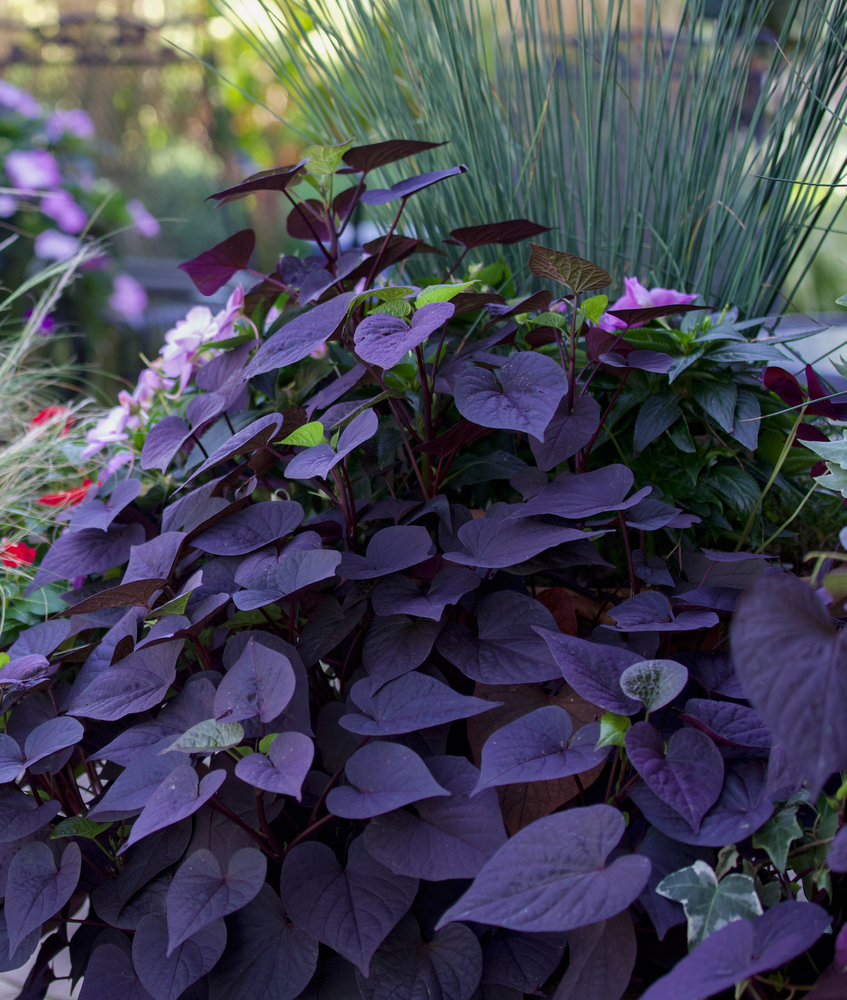





Post a Comment for "The Best Sweet Potato Vine Companion Plants"